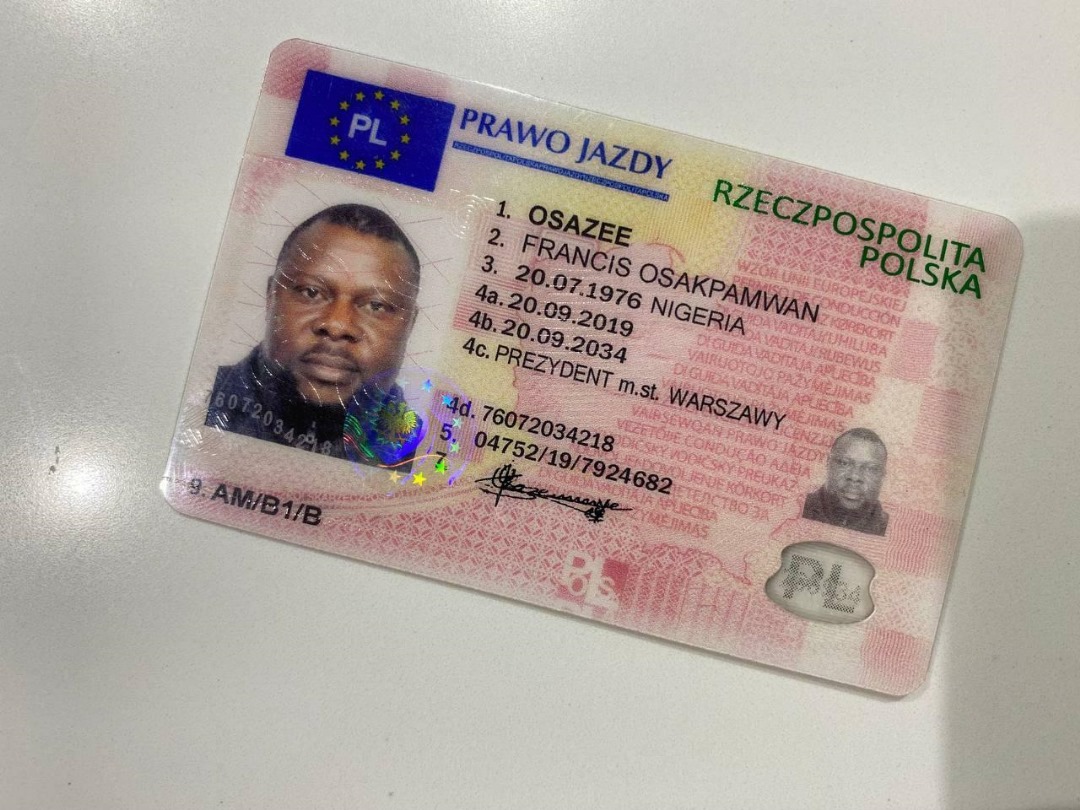This Is The One Driving Licenses B Trick Every Person Should Be Aware Of
Understanding Driving Licenses: Types, Requirements, and Frequently Asked Questions
Driving is an essential aspect of modern life, and obtaining a driving license is a crucial milestone for lots of people. This post explores the numerous kinds of driving licenses available, the requirements to acquire them, and responses typically asked concerns connected to the subject. A well-informed perspective on driving licenses can help people understand the importance of choosing the right kind of license to meet their requirements.
Types of Driving Licenses
Driving licenses can vary between countries and areas, however they usually fall into numerous major categories. The following table sums up the most typical types of driving licenses, including their purposes and common constraints.
Kind of License
Description
Typical Restrictions
Eligibility Age
Learner's Permit
Permits beginner drivers to practice.
Must drive with a licensed adult.
16-18 years old
Class C License
Standard license for passenger vehicles.
No constraint on variety of passengers.
18 years or older
Class A License
Business license for big lorries.
Must adhere to more stringent regulations.
21 years or older
Class B License
For driving buses and larger vehicles.
May require special recommendations.
21 years or older
Motorbike License
For operating motorbikes.
Should use a helmet; varies by state.
16-18 years old
International License
Allows legal driving in foreign nations.
Should possess a legitimate domestic license.
18 years or older
Learner's Permit
The learner's permit is the initial step for lots of individuals venturing into the world of driving. This authorization enables amateur motorists to practice driving under supervised conditions, typically needing a certified grownup over a certain age to accompany them in the lorry.
Class C License
The Class C license is the most commonly held driving license, allowing people to run standard traveler cars. This license typically has actually less restrictions compared to other categories.
Class A and B Licenses
Class A and B licenses are essential for operating business vehicles. These licenses need unique training and screening, making sure that chauffeurs are geared up with the skills required for maneuvering larger and more complicated automobiles safely.
Motorcycle License
Individuals interested in riding motorbikes need to obtain a motorbike license, which can require additional training and screening. Security gear, such as helmets, is often mandated by law.
International License
A worldwide driving license enables people to drive in foreign countries, however it is vital to have a legitimate domestic driving license in conjunction with the worldwide permit.
Requirements to Obtain a Driving License
The requirements for getting a driving license can differ significantly by jurisdiction. Nevertheless, there are common steps and requirements that a lot of applicants will come across. Below is a list of basic requirements:
Age Requirement:
- Minimum age varies; student's authorizations are often provided at 16, while full licenses may require candidates to be 18 or older.
Vision Test:
- Most jurisdictions need candidates to pass a vision test to guarantee safe driving abilities.
Written Test:
- New drivers should pass a composed exam that covers traffic laws, roadway signs, and safe driving practices.
Driving Test:
- Practical driving tests are performed to demonstrate an applicant's ability to operate a vehicle securely under various conditions.
Costs:
- Payment of application and screening fees is normally needed.
Proof of Identity:
- Applicants must provide legitimate identification, such as a passport or birth certificate, together with evidence of residency.
Adult Consent (for minors):
- Parental or guardian consent is frequently needed for applicants under the age of 18.
Comprehending the different kinds of driving licenses and their involved requirements is vital for anyone aiming to drive lawfully and safely. Francis Willia serves an unique purpose, accommodating different driving needs, from basic vehicles to industrial transportation and bikes. By satisfying the necessary requirements and sticking to regulations, aspiring drivers can enjoy the liberty of driving while ensuring their security and the safety of others.
Often Asked Questions (FAQs)
What do I need to bring when applying for a driving license?
- You normally need to provide identification, evidence of residency, and any required application costs. Inspect with your regional DMV or licensing authority for particular requirements.
How long does it take to get a driving license?
- The timeline can differ based on individual scenarios, such as how rapidly one can complete the needed tests, and whether there is a stockpile at the licensing authority.
Can I drive with a student's authorization?
- Yes, but you must be accompanied by a licensed motorist and stick to restrictions set by your local laws.
What takes place if I stop working the driving test?
- You usually have the option to retake the test after a designated waiting period, which varies by jurisdiction.
Is it essential to take a driving course?
- While not constantly mandatory, taking a chauffeur's education course can be beneficial and is typically needed for people looking for a student's license.
By being informed about the types of licenses available, the requirements essential for obtaining one, and the associated regulations, prospective chauffeurs can navigate the procedure of getting a driving license with confidence.
